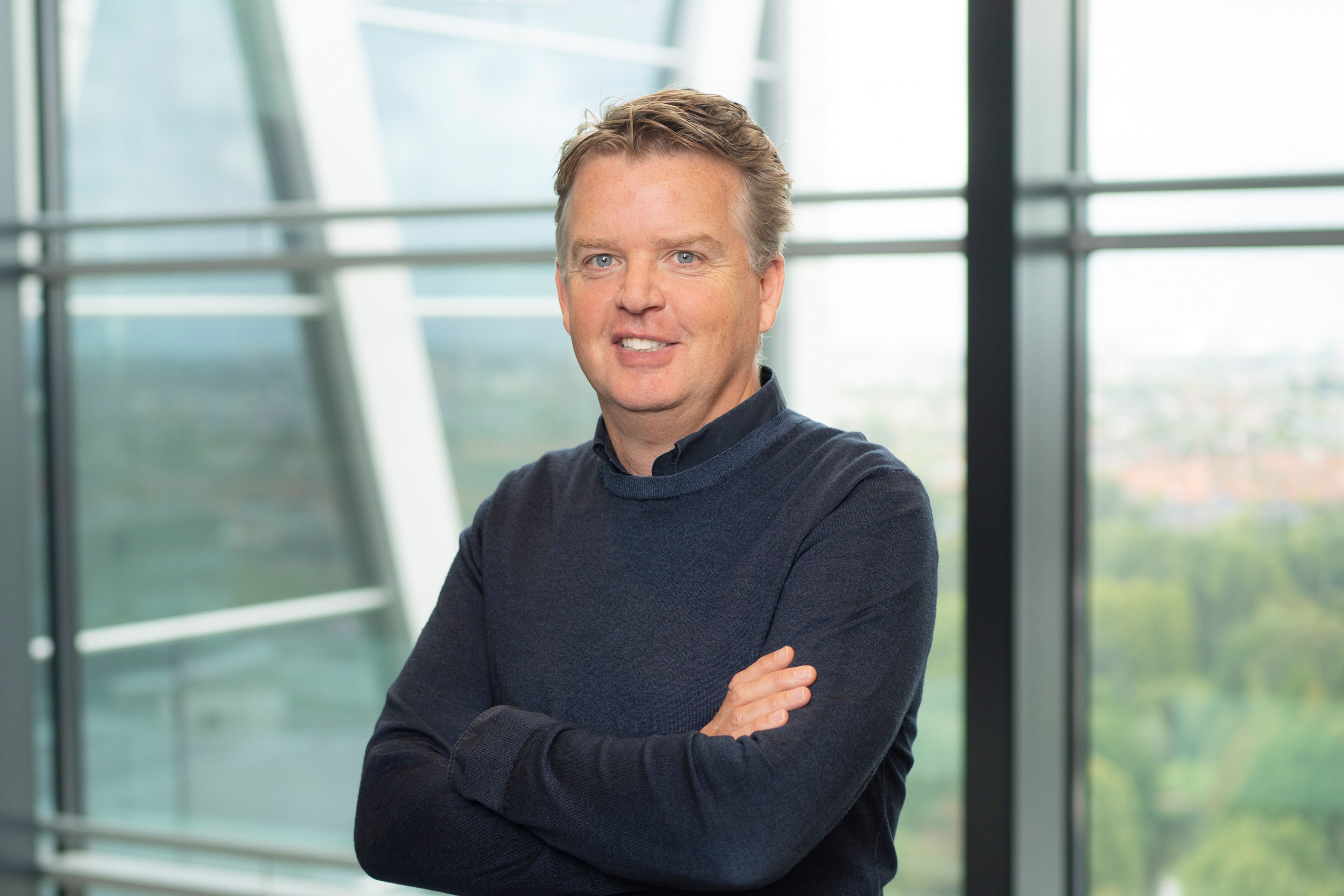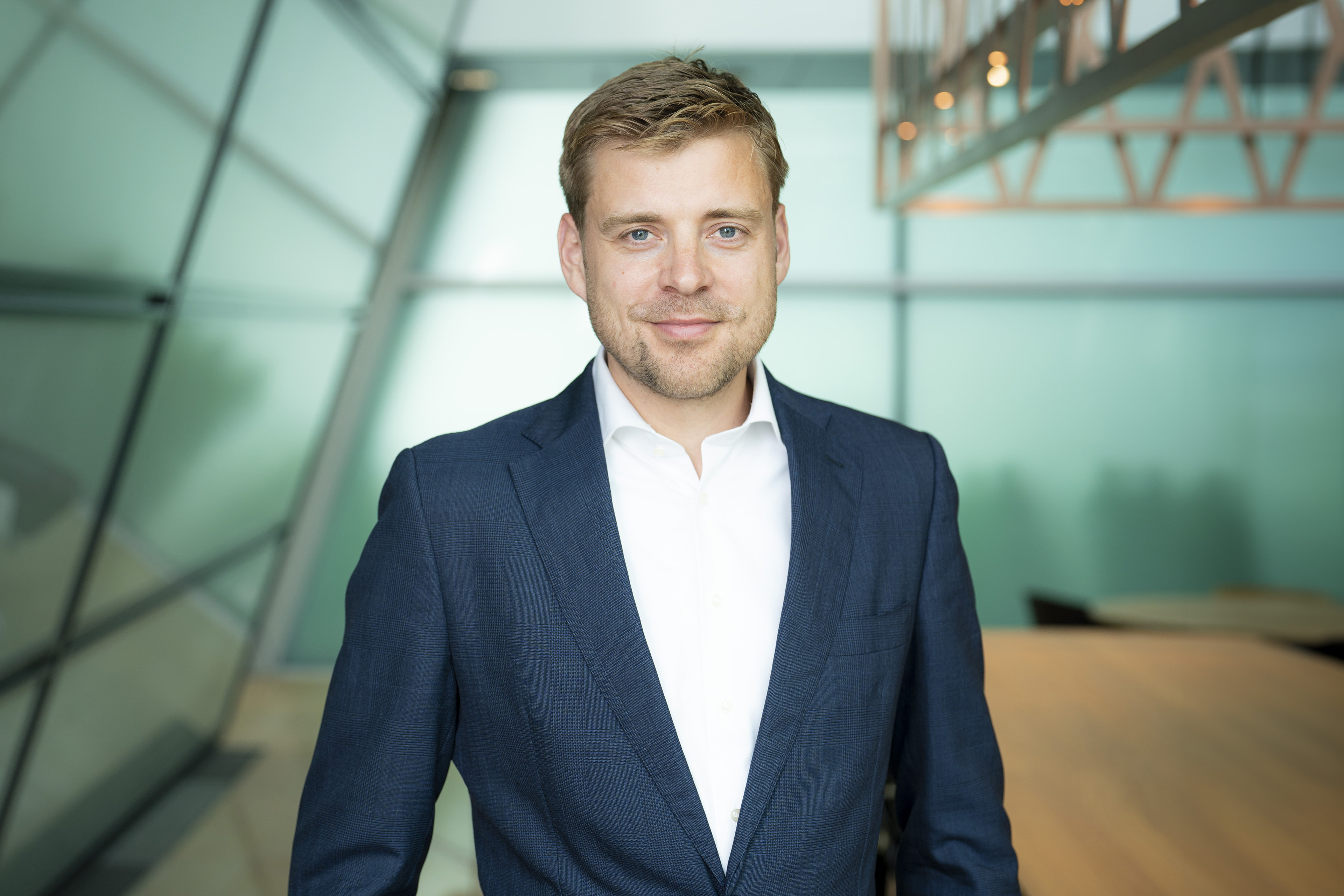EY refers to the global organization, and may refer to one or more, of the member firms of Ernst & Young Global Limited, each of which is a separate legal entity. Ernst & Young Global Limited, a UK company limited by guarantee, does not provide services to clients.
How EY can Help
-
EY Studio+ helps organizations build differentiated experiences that adapt with customers and drive sustainable long-term value. Read more on studio.ey.com.
Read more
Allianz aims to create more uniformity in the service portals available to customers. The insurer wants to fully leverage the possibilities of digitalization while simultaneously reducing costs. The idea is to digitize simple tasks as much as possible, as this is what customers value. At the same time, it ensures that there is human support available for more complex tasks.
In today's world, customers expect nothing less. As consumers, we experience a wealth of possibilities on our smartphones and other devices every day. This has led to high expectations: consumers expect companies to have immediate answers to their questions, that changes can be made with just a few clicks, and that all of this is available 24/7. Intuitive and simple.
Allianz has been aware of the opportunities presented by digitalization for years and has various portals and apps in place. When a policyholder can easily handle most questions, changes, and notifications themselves, it benefits both sides. The consumer is satisfied with the ease of use, and the insurer benefits from an efficient approach. A nice byproduct of this efficiency is that employees have more time to focus on what truly matters to the customer.
However, Allianz had been using a multitude of portals in the Benelux region for different insurance domains and customer groups. There was a significant lack of uniformity, both from a user perspective and in the underlying technology. This fragmentation was undesirable not only for customers (and intermediaries) but also led to unnecessarily costly maintenance and management.
This fragmentation, along with its adverse consequences, prompted Allianz to reach out to EY. The collaboration began with a thorough inventory. Martijn Ollefers (Allianz) stated, “To get good answers, you need to formulate the question as clearly as possible, and we first conducted a solid investigation into what was going on. First diverge, then converge. EY excelled at this, with a keen sense of sensitivities but without being distracted.”






